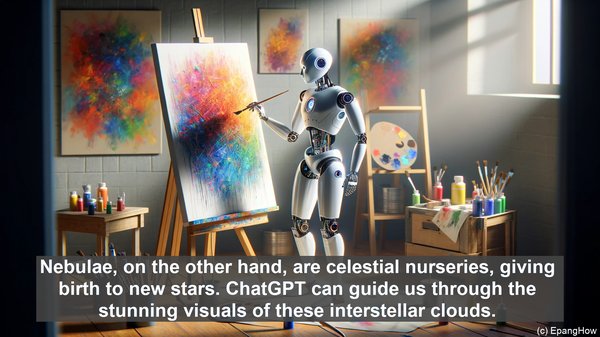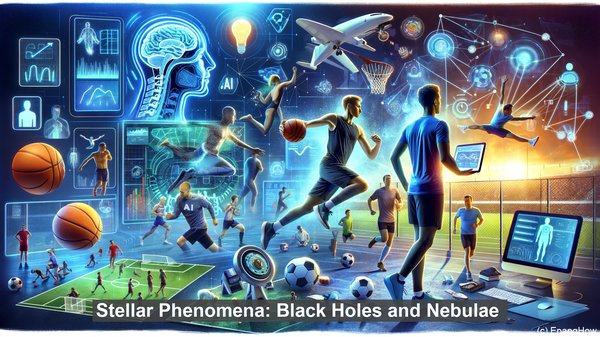Introduction: Unveiling the Cosmos
Welcome, fellow space enthusiasts! The universe has always fascinated humanity, and today, we have an incredible tool at our disposal: ChatGPT. Powered by artificial intelligence, ChatGPT is an expert guide, ready to assist us in unraveling the mysteries of space and astronomy.

The Celestial Symphony: Stars and Galaxies
Stars, those brilliant beacons of light, have captivated us for millennia. ChatGPT can help us understand their life cycles, from the birth of a star in a nebula to its eventual demise as a supernova. And let’s not forget galaxies, those vast cosmic cities. With ChatGPT, we can explore their various types, from spiral galaxies like our Milky Way to the mesmerizing elliptical galaxies.

Cosmic Ballet: Planets and Moons
Our solar system is a dance of celestial bodies, each with its unique features. ChatGPT can take us on a virtual tour, from the scorching surface of Mercury to the icy plains of Pluto. And it’s not just planets; moons like Europa and Titan, with their hidden oceans and intriguing landscapes, offer a wealth of scientific possibilities.
Stellar Phenomena: Black Holes and Nebulae
Black holes, those enigmatic cosmic vacuums, have puzzled scientists for decades. With ChatGPT, we can delve into their formation and mind-boggling properties, like time dilation. Nebulae, on the other hand, are celestial nurseries, giving birth to new stars. ChatGPT can guide us through the stunning visuals of these interstellar clouds.
The Final Frontier: Space Exploration
Humanity’s desire to explore space has led to remarkable achievements. ChatGPT can update us on the latest missions, like the Mars rovers, and the ongoing quest for extraterrestrial life. Additionally, it can shed light on the challenges of long-duration space travel and the potential of future habitats on celestial bodies.
